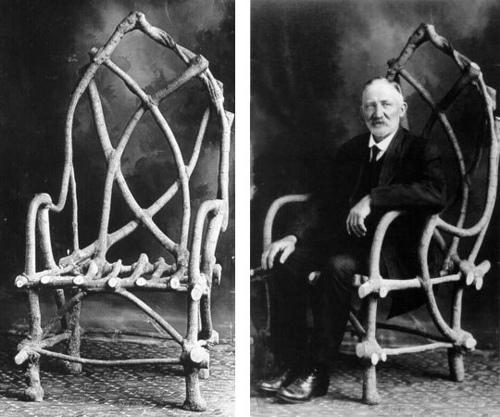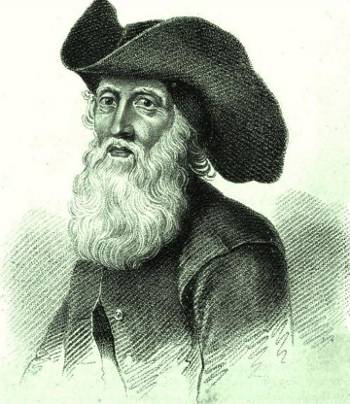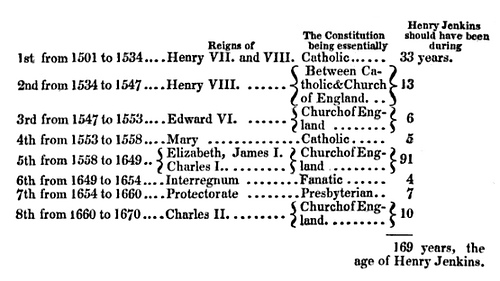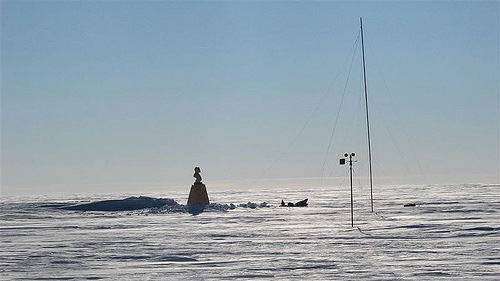In the summer of 1938, a BOAC flying boat had just passed Toulouse, France, en route to Iraq when a ball of lightning entered the open cockpit window, singed the captain’s eyebrows and hair, made holes in his safety belt and dispatch case, and passed through the airplane to the rear cabin, where it exploded loudly.
In 1960, a KC-97 Air Force tanker was headed for Elko, Nev., at 18,000 feet when, the pilot reports, “a ball of yellow-white color approximately 18″ in diameter emerged through the windshield center panels and passed at a rate about that of a fast run between my left seat and the co-pilot’s right seat, down the cabin passageway past the Navigator and Engineer. … After approximately 3 seconds of amazingly quiet reaction by the 4 crew members in the flight compartment, the Boom operator sitting in the rear of the aircraft called on the interphone in an excited voice describing a ball of fire that came rolling through the aft cargo compartment abeam the wings, then danced out over the right wing and rolling off into the night and clouds!”
On March 19, 1963, British scientist R.C. Jennison was flying from New York to Washington, D.C., on a late-night flight on Eastern Airlines. “The aircraft encountered an electrical storm during which it was enveloped in a sudden bright and loud electrical discharge. Some seconds after this a glowing sphere a little more than 20 cm in diameter emerged from the pilot’s cabin and passed down the aisle of the aircraft approximately 50 cm from me, maintaining the same height and course for the whole distance over which it could be observed.”





